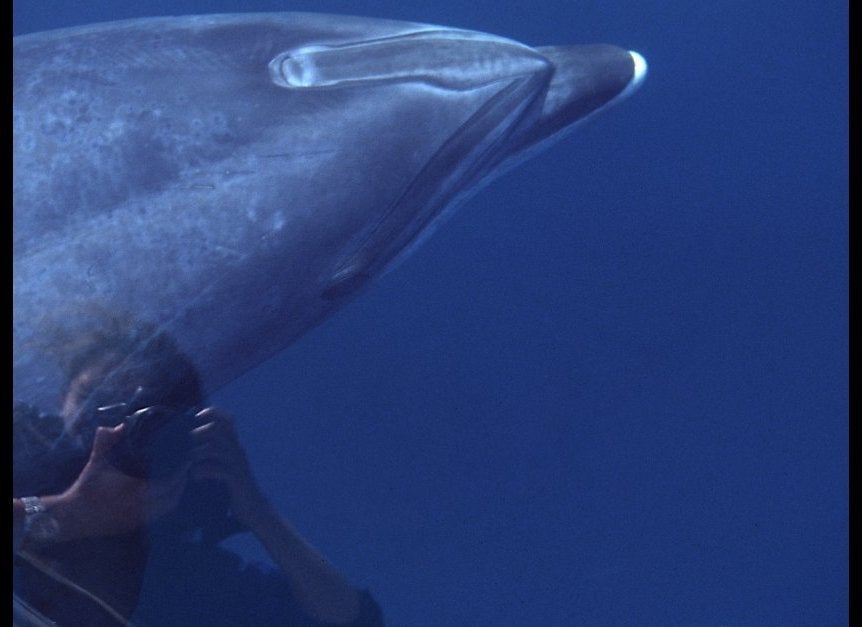It's not surprising to find alien-like creatures lurking in the deep sea. But what about something that looks like it fell off your dinner plate, then grew a head?
A team from energy giant BP recently stumbled upon a wiggly, pasta-like creature more than 4,000 feet under water off the Angola coast while using a remotely operated deep-sea vehicle for oil well maintenance, according to the journal New Scientist.
As part of the SERPENT Project (a collaboration between researchers and energy company teams that operate remotely operated vehicles), Jones and his colleague Phil Pugh identified the creature as a species of bathyphysa conifera, in the order of the siphonophorae.
"To my knowledge this creature has only been observed a handful of times," Jones told The Huffington Post.
Siphonophores are colonial animals, according to researchers at Brown University's Dunn Lab, which means they actually are entire colonies of individual zooids.
Each siphonophore begins as a single fertilized egg that reproduces asexually by cloning itself, sometimes thousands of times. Each new zooid has its own role within the colony and functions with the other clones as one living siphonophore.
According to Jones, these colonies consist of a large anterior float (the grape-like "head" we see on the creature above) and a long, narrow stem which the feeding polyps (the tentacles) are inserted at fairly regular intervals.
"The creature appears spaghetti-like because the stem is contracted up so that all the feeding zooids are jam-packed together," Jones told HuffPost. Some of the feeding polyps are not yet fully developed.
"In a way these specialized bodies function as organs," Stefan Siebert, a marine biologists at Brown University, told Wired in 2014. “Some move the colony, some feed for the colony, some take care of reproduction."
Siphonophores are extremely fragile and can easily break into pieces. They can grow up to 160 feet, according to National Geographic, making them among the world's longest creatures.
Below, feast your eyes on the delicious terror of the flying spaghetti monster.
Also on HuffPost:


